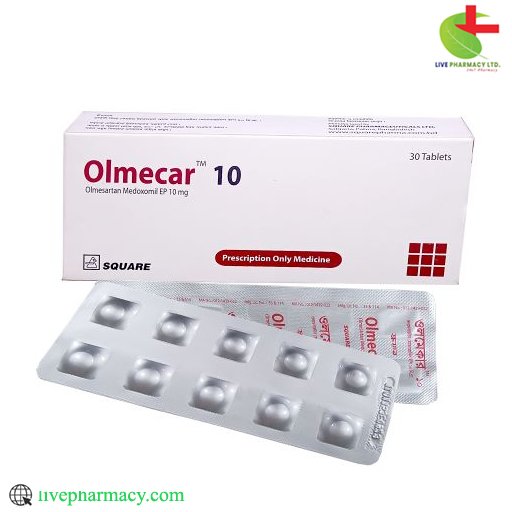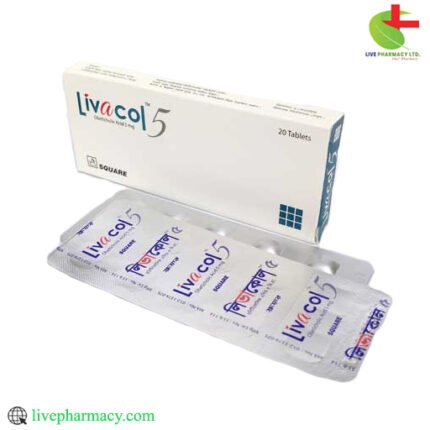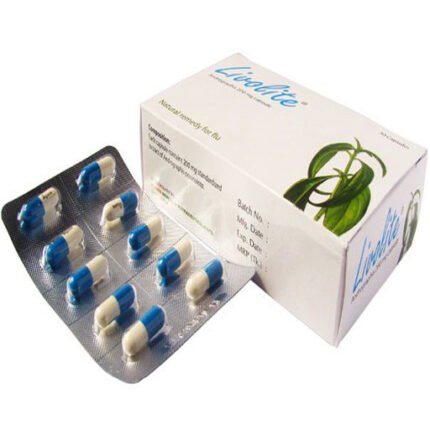Olmecar 10
60.00৳ Strip
- Introducing Olmecar: a trusted solution for hypertension management.
- Effectively targets angiotensin II receptors, reducing vasoconstriction.
- Offers flexible dosing options for patient comfort and compliance.
- Minimal side effects ensure a comprehensive hypertension care experience.
 Brand
Brand
|
Square Pharmaceuticals PLC |
|---|---|
 Generics
Generics
|
Olmesartan Medoxomil |
Indications
Olmecar serves as a treatment for hypertension, offering a versatile approach either as a standalone therapy or in conjunction with other antihypertensive medications.
Pharmacological Action
Angiotensin II, a key component of the renin-angiotensin system, plays a pivotal role in vasoconstriction and aldosterone release. Olmesartan, through selective inhibition of the AT 1 receptor, counteracts these effects, primarily targeting vascular smooth muscle. Its high affinity for the AT 1 receptor ensures effective blockade, without interfering with ACE or bradykinin pathways.
Dosage & Administration
Tailored dosing is essential. Typically, Olmesartan commences at 20 mg once daily for non-volume-contracted patients. If further blood pressure reduction is needed after two weeks, a dose escalation to 40 mg may be considered. However, doses exceeding 40 mg demonstrate no additional efficacy. Elderly patients, those with renal impairment, or hepatic dysfunction usually do not require initial dosage adjustments. Close monitoring is recommended for patients at risk of intravascular volume depletion. Olmesartan can be taken with or without food, offering flexibility in administration.
Interactions
Studies show no significant interactions when Olmecar is co-administered with digoxin or warfarin. Its bioavailability remains unaffected by antacids. As Olmesartan doesn’t undergo cytochrome P450 metabolism, interactions with drugs affecting these enzymes are unlikely. However, caution is advised with NSAIDs, as co-administration may lead to renal function deterioration, particularly in vulnerable populations.
Contraindications
Olmecar is contraindicated in patients with known hypersensitivity to any of its components.
Side Effects
Extensive safety evaluations indicate Olmecar is well-tolerated, with adverse reactions akin to placebo. Notably, dizziness emerged as the primary adverse event. Other common side effects include back pain, bronchitis, diarrhea, and headache.
Pregnancy & Lactation
Use of Olmesartan during pregnancy’s second and third trimesters is discouraged due to potential fetal harm. Nursing mothers should exercise caution, considering the drug’s potential excretion in breast milk.
Precautions & Warnings
Due to its impact on the renin-angiotensin-aldosterone system, Olmecar may affect renal function, particularly in patients reliant on this system for renal perfusion.
Overdose Effects
While overdosing experiences are limited, hypotension and tachycardia are anticipated effects. Management involves supportive care and monitoring of cardiovascular parameters.
Therapeutic Class
Olmecar belongs to the angiotensin II receptor blocker class.
Storage Conditions
Optimal storage involves cool, dry conditions below 30°C, shielded from light and moisture.
Chemical Structure
Molecular Formula: C29H30N6O6; Olmesartan Medoxomil chemical structure available.
Common Questions about Olmecar 10 mg Tablet
FAQs cover Olmecar’s uses, duration for efficacy onset, dosing frequency, administration recommendations, storage guidelines, and essential precautions, including potential interactions and side effects.













Reviews
There are no reviews yet.